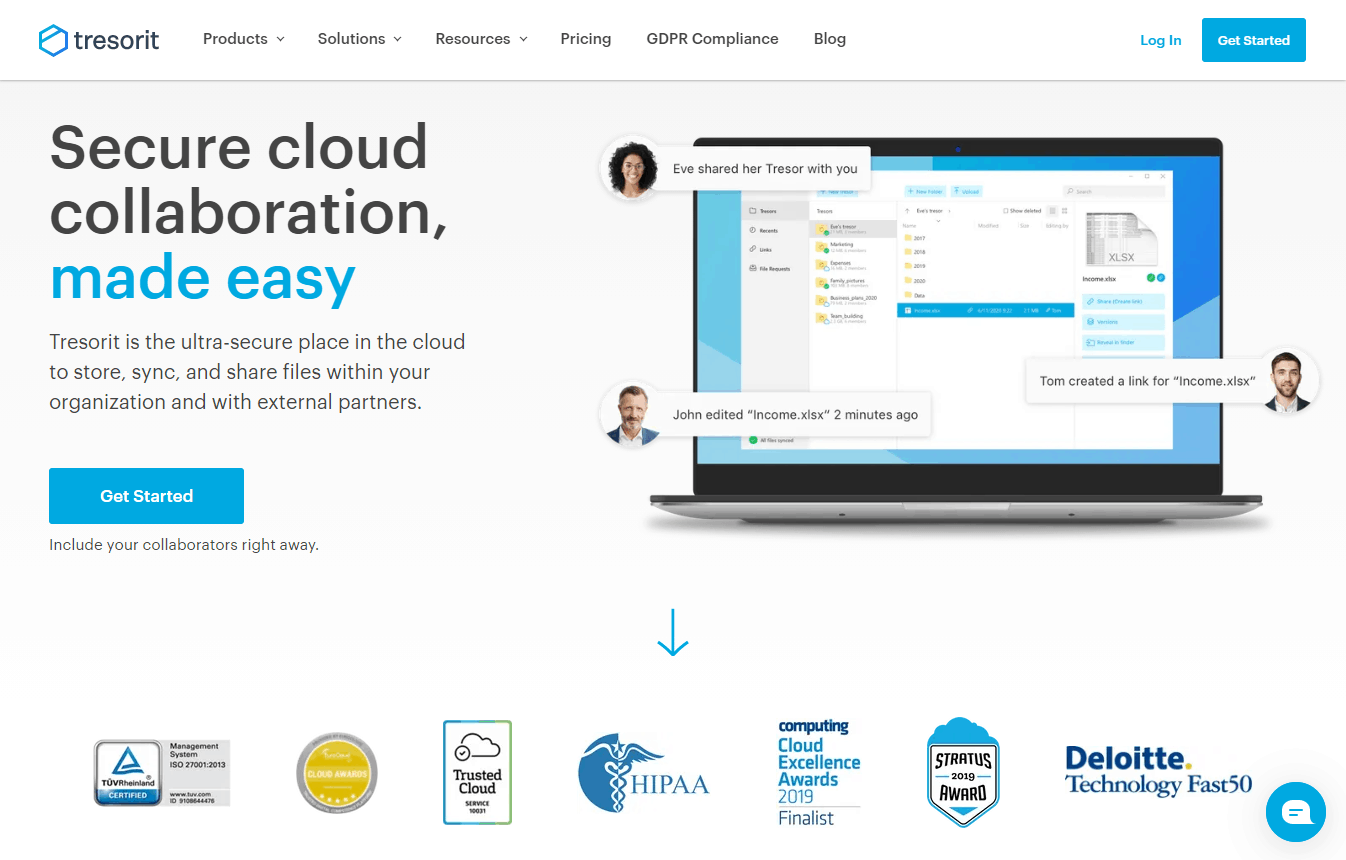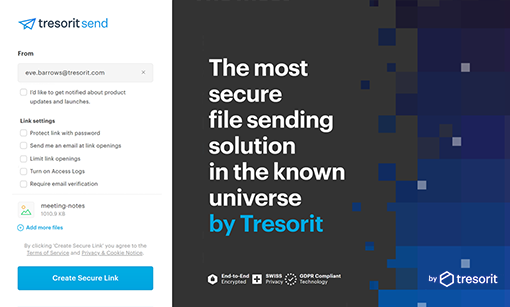
Moreover, in the event of a leak as a result of a hacker attack on the server or at the request of the authorities, from us, as a provider, they can only receive encrypted data that cannot be decrypted with the current level of technology. Despite the fact that our administrators are decent trustworthy people, even they don’t have access to either your data or your account password. After a timeout or exiting the application, the database is encrypted. Synchronization of the application with the cloud is encrypted over HTTPS.
#Tresorit wikipedia code
The user must enter their (known only to them) security code or biometric data in order for the application database to be decrypted. Users of the business version have access with their individual passwords, which decrypt only that part of the instance database to which this user has access rights.Īt the initial login to the account, along with the main password, the user is prompted to protect the mobile application using an additional security code or biometrics, as well as to protect the browser version using two-factor authentication.
#Tresorit wikipedia password
The data for each instance (for business editions) or each individual account is encrypted using the password you choose during registration. Let's take a closer look at this process using our PassSecurium™ password manager as an example. And, if storage is not done using a zero-knowledge approach, then you have probably realized by now that someone other than you can access your data. This means that only the end-user has access to their data, while the storage and transmission of data are encrypted. In the particular case of data storage, we can use the term “zero knowledge storage”. In other words, the verifier can only find out the fact that the prover really has that secret and nothing more. Why is zero knowledge so important and how does it affect the security of your data?īasically, the zero-knowledge protocol is explained as the ability of one party (prover) to prove to the other party (verifier) that the prover possesses a certain secret, but this secret is not disclosed.


Many providers promise to keep your data secure, but not all of them list the concept of zero knowledge among the offered benefits.


 0 kommentar(er)
0 kommentar(er)
